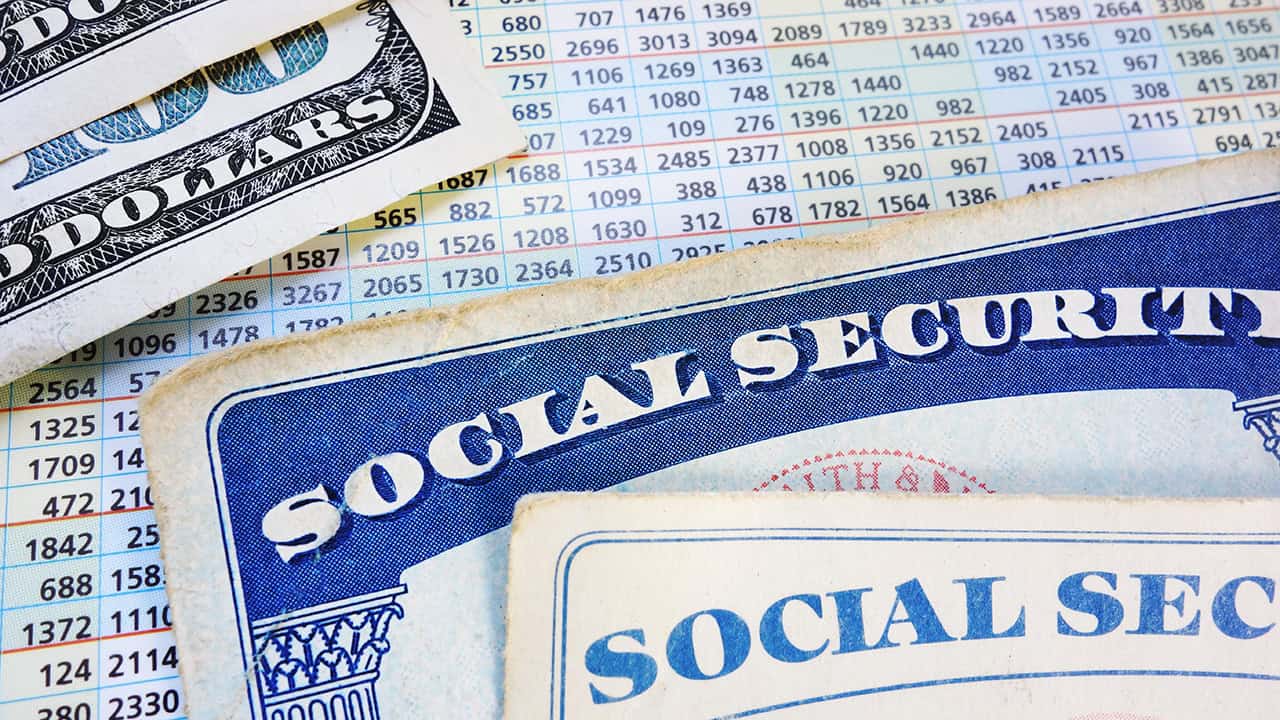Retired workers are entitled to Social Security at age 62, but delaying benefits dramatically increases the payout.
As of Sept. 2023, nearly 50 million retired workers receive a monthly Social Security check, and most consider these benefits an indispensable source of income. Indeed, the program keeps over 15 million seniors out of poverty, making it the most successful anti-poverty program in U.S. history. But individual payouts vary widely and it’s important to understand why.
Read on to see the average retired-worker benefit at age 62, how it compares to the average payout at other ages, and how claiming age impacts the Social Security benefits formula.
The average retired-worker benefit at age 62
The Social Security Administration publishes a detailed breakdown of current benefit payments twice each year. The latest report indicates the average Social Security benefit for 62-year-old retired workers was $1,277 per month in June 2023. But that figure means very little without additional context.
The chart below offers a basis for comparison. It details the average Social Security benefit for retired workers aged 62 to 70 in June 2023.
| AGE | AVERAGE RETIRED-WORKER BENEFIT |
|---|---|
| 62 | $1,277 |
| 63 | $1,342 |
| 64 | $1,421 |
| 65 | $1,525 |
| 66 | $1,724 |
| 67 | $1,844 |
| 68 | $1,873 |
| 69 | $1,856 |
| 70 | $1,970 |
DATA SOURCE: SOCIAL SECURITY ADMINISTRATION. NOTE: BENEFIT PAYMENTS HAVE BEEN ROUNDED TO THE NEAREST DOLLAR.
The chart calls attention to a very important trend. The average retired-worker benefit was smallest at age 62 and largest at age 70, and the difference between the two payments is substantial.
That difference is the result of differences between individuals across three variables — work history, lifetime earnings, and claiming age — that impact the Social Security benefits formula. Retirees and current workers should have a basic understanding of that equation.
How Social Security retired-worker benefits are determined
Calculating Social Security retirement benefits requires two easy to understand steps. The first involves calculating the primary insurance amount (PIA), and the second involves applying any reductions or credits based on claiming age, as detailed below:
Step 1: Income from the 35 highest-paid years of work is adjusted for wage inflation and converted to a monthly average, which is known as the average indexed monthly earnings (AIME) amount. The AIME is then run through the Social Security benefits formula to determine the PIA, which is the payout a retired worker would receive at full retirement age (FRA).
Step 2: Retired workers who claim Social Security before FRA have their benefit permanently reduced, meaning they receive less than 100% of their PIA. Likewise, retired workers who claim Social Security after FRA have their benefit permanently increased, meaning they receive more than 100% of their PIA.
There are only two caveats. First, workers become eligible for retirement benefits at age 62, meaning they cannot claim Social Security any earlier. Second, workers stop accruing delayed retirement credits at age 70, meaning it never makes sense to claim any later.
The chart below shows how birth year dictates FRA, and it details the benefit (as a percentage of PIA) retirees in each age group would receive if they claimed Social Security at 62.

DATA SOURCE: SOCIAL SECURITY ADMINISTRATION. CHART BY AUTHOR.
As shown above, a retired worker born in 1960 or later would receive 70% of their PIA if they claim Social Security at age 62. That is a substantial loss of income, but the chart does not tell the full story. That same retired worker would receive 124% of their PIA if they delay Social Security until age 70.
To make sense of that, let’s assume a hypothetical worker born in 1960 has a PIA of $1,000 per month. Depending on when they claim Social Security, that worker could receive as little as $700 per month or as much as $1,240 per month. In other words, anyone born in 1960 or later would increase their benefit 77% if they claim Social Security at age 70 as opposed to age 62.
Despite the draw of a much bigger benefit, very few workers actually wait until age 70 to take Social Security. Last year, nearly one-quarter of newly awarded retired workers started collecting benefits at age 62, and more than one-half started Social Security before FRA. Less than 10% waited until age 70.

